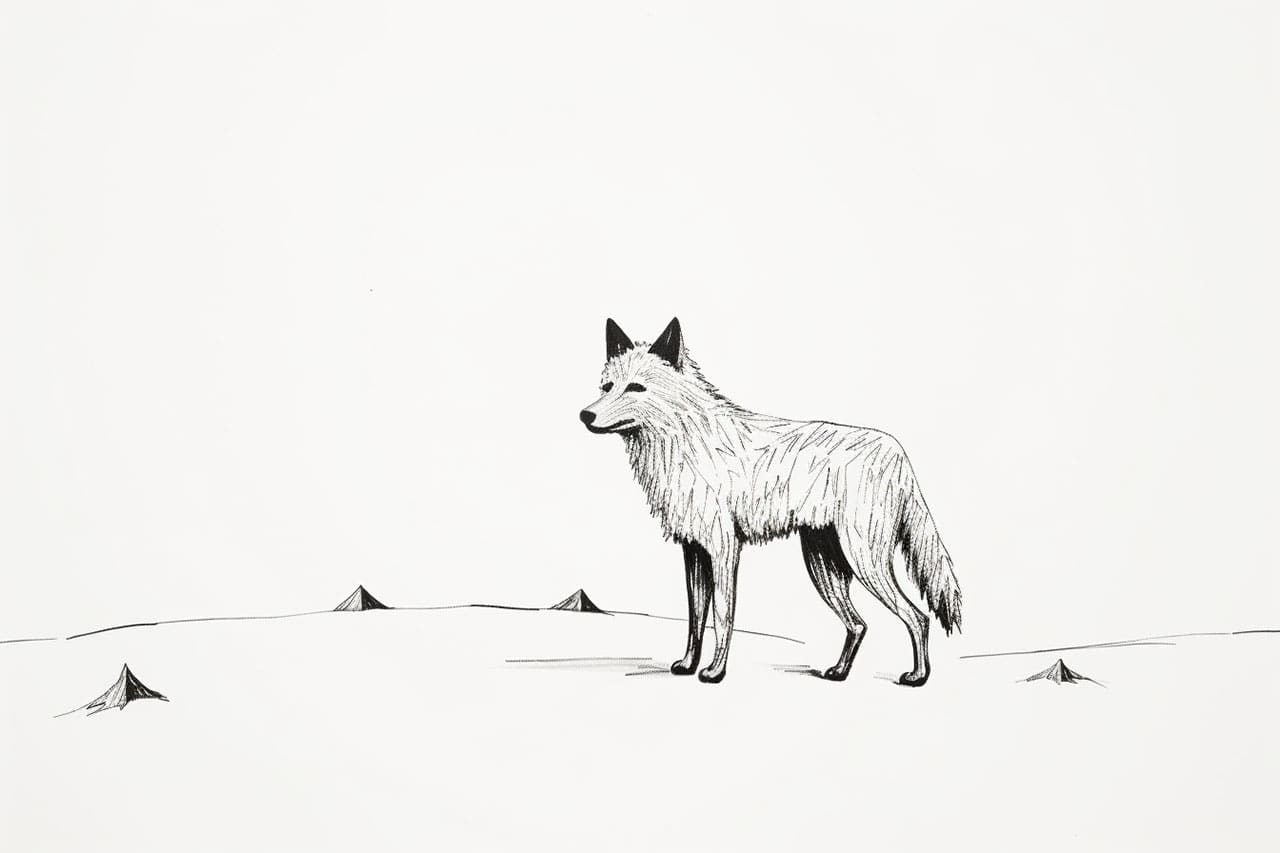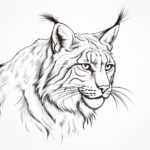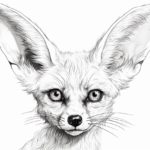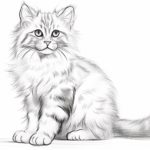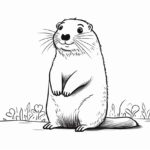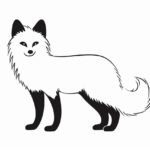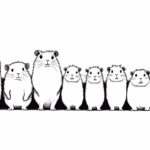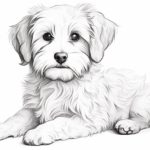Coyotes are fascinating creatures known for their adaptability and cunning. Drawing a coyote can be a captivating artistic experience that allows you to capture the essence of this wild animal on paper. In this step-by-step guide, I will walk you through the process of how to draw a coyote. So grab your pencils and let’s get started!
Materials Required:
- Drawing paper
- Pencils (HB, 2B, 4B)
- Eraser
- Tortillon (blending stump)
- Reference photo of a coyote (optional but recommended)
Step 1: Basic Outline
Start by lightly sketching a simple oval shape to represent the head of the coyote. Then, draw a line extending from the bottom of the head to create the body’s length. Add a small oval shape at the end of the line for the coyote’s tail. Remember to keep your lines light and loose in this initial stage.
Step 2: Define the Body Proportions
Using the basic outline as a guide, refine the shape of the body by adding more curves and contours. Pay attention to the proportions, as coyotes have slender bodies with long limbs. Sketch the legs and paws, making sure they are of appropriate length and thickness.
Step 3: Add Facial Features
With the body shape in place, focus on drawing the facial features. Start by placing two almond-shaped eyes in the head region. Add a triangular shape just below the eyes to represent the snout. Then, sketch the ears on top of the head. Coyotes have pointed ears that stand tall, so make sure to capture that characteristic.
Step 4: Refine the Face
In this step, we will add more detail to the coyote’s face. Start by adding a small circle for the eye’s iris, followed by a dot for the pupil. Draw a curved line above the eye to indicate the eyebrow. Continue by refining the shape of the snout, adding a nostril on each side. Coyotes have a distinct muzzle, so pay attention to its shape when sketching.
Step 5: Fur Detailing
Now it’s time to add texture and detail to the coyote’s fur. Use short, curved strokes to represent the direction of the fur growth. Start from the top of the head and work your way down the body, paying extra attention to areas where the fur appears longer or thicker, such as the chest, neck, and tail. Gradually build up the fur texture, layer by layer.
Step 6: Define the Legs and Paws
Refine the legs and paws by adding more structure to them. Draw the front legs slightly bent, as if the coyote is in motion. Add small ovals at the end of each leg to represent the paws. Remember to include the claws and toe details in your drawing.
Step 7: Tail Details
Give the coyote’s tail more definition by adding fur detailing. Use long, flowing strokes to indicate the shape and texture of the tail. Coyotes have bushy tails, so make sure to capture that characteristic in your drawing.
Step 8: Final Touches and Shading
At this stage, take a step back and evaluate your drawing. Make any necessary adjustments or refinements to ensure accuracy. Once you are satisfied with the overall composition, it’s time to add shading to give your drawing depth and dimension. Use different grades of pencils (HB, 2B, 4B) to create varying shades of gray. Use light strokes for areas that are lighter in value and apply more pressure for darker areas.
Step 9: Blending and Smoothing
To achieve a more realistic look, use a tortillon (blending stump) to blend and smooth out the shading. This technique helps to soften harsh lines and create a seamless transition between light and dark areas. Be gentle when blending to maintain the texture of the fur.
Step 10: Final Details
In the final step, add any last-minute details to enhance the realism of your coyote drawing. Pay attention to small features like whiskers, fur patterns, and highlights in the eyes. Experiment with light erasing to create highlights and add more definition.
Conclusion
Congratulations! You have successfully learned how to draw a coyote. By following these step-by-step instructions, you have captured the beauty and essence of this remarkable creature on paper. Remember to practice regularly to improve your skills and continue exploring the world of art. Enjoy the process and let your creativity soar!
Gallery of Coyote Drawings
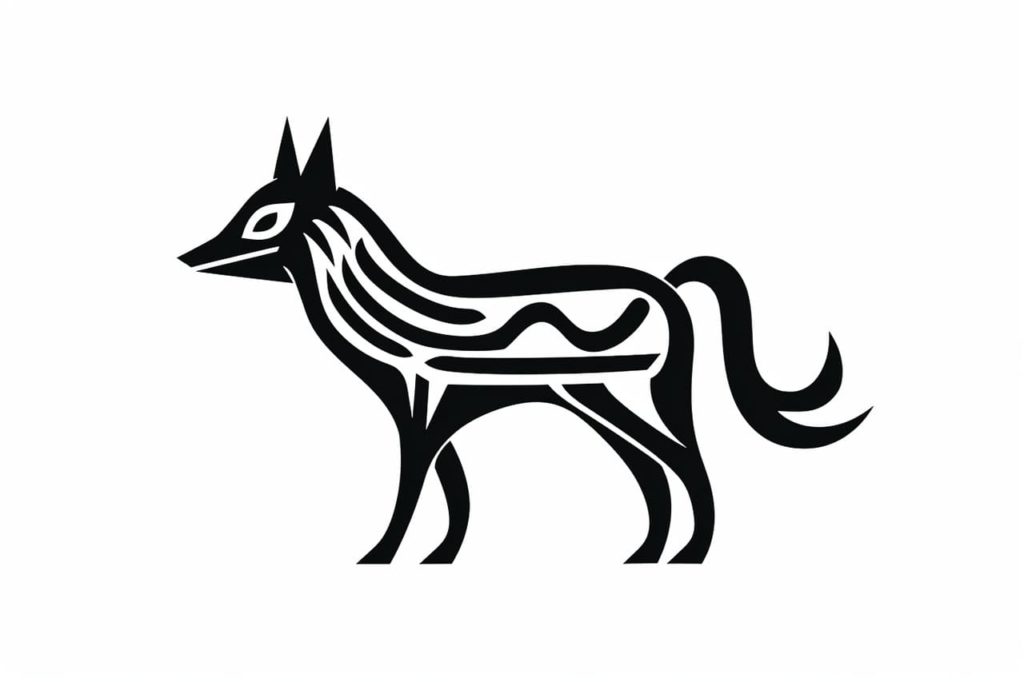
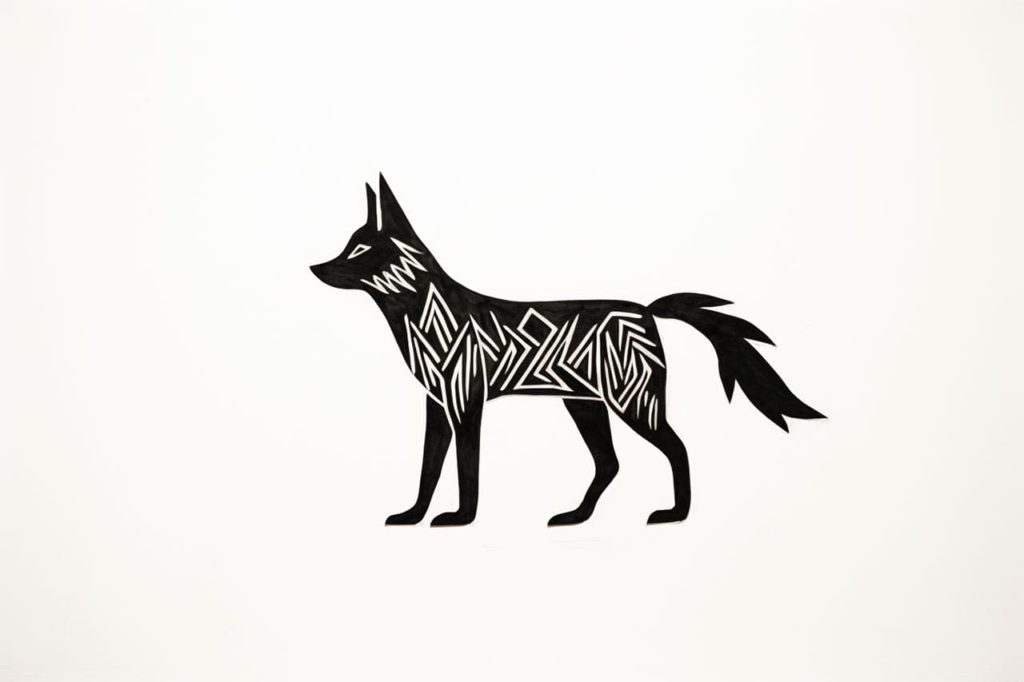
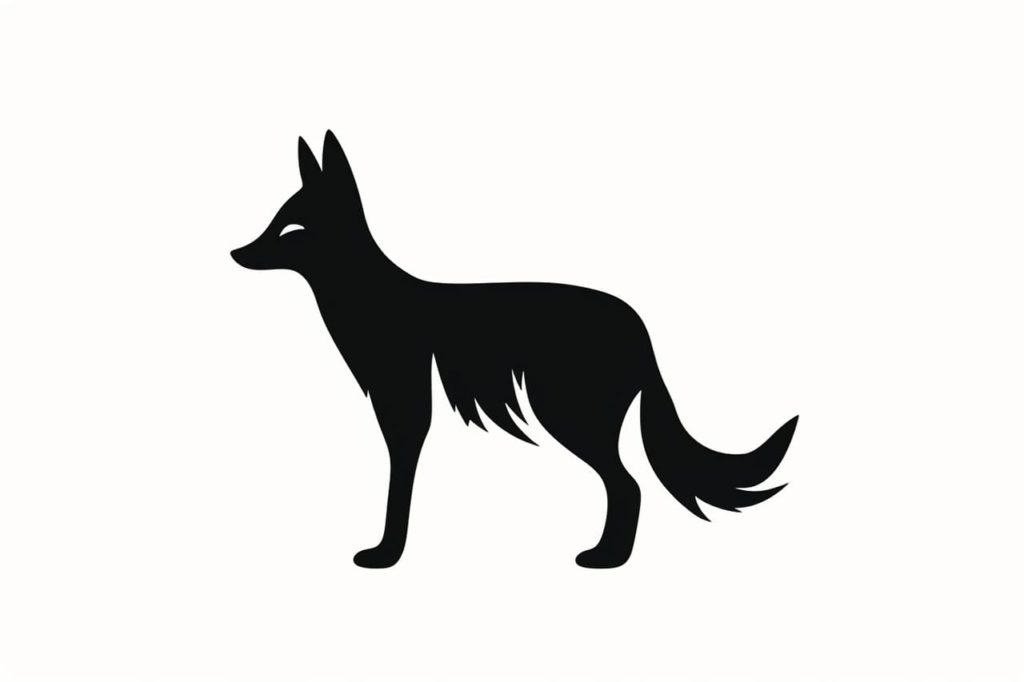
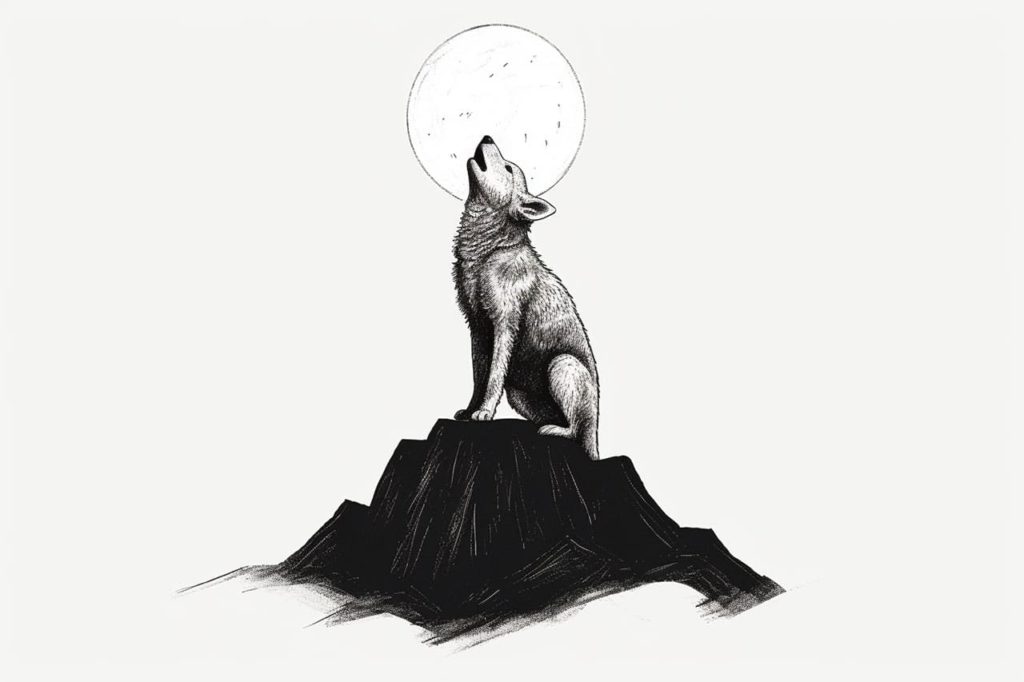
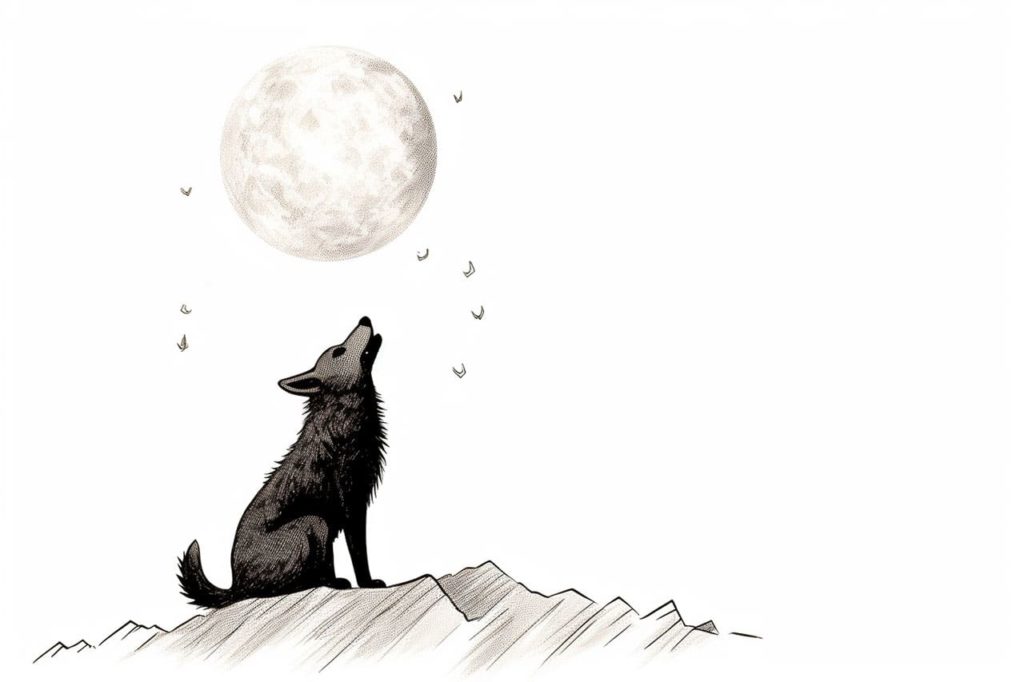
Fun Facts About Coyotes
- Coyotes are highly adaptable animals found in almost every corner of North America, from urban areas to remote wilderness.
- They are members of the canine family and are closely related to wolves, dogs, foxes, and jackals.
- Coyotes have excellent senses of hearing, sight, and smell, which help them survive as skillful hunters.
- They communicate with a range of vocalizations, including barks, howls, and yips, especially during the evening and night.
- Coyotes usually live in family groups, consisting of a mated pair and their offspring, but they can also live and hunt alone.
- They have a varied diet that includes small mammals, insects, fruits, and even carrion, showcasing their opportunistic nature.
- The coyote population is resilient and growing, despite human efforts to reduce their numbers due to conflicts over livestock predation.
- Coyotes are sometimes considered a keystone species due to their influential role in controlling the populations of their prey.
- In Native American folklore, coyotes often appear as trickster figures, known for their cleverness and ability to adapt to changing circumstances.
- Coyotes are capable of reaching speeds up to 40 miles per hour (64 km/h) when sprinting, making them quick and agile hunters.
Suggestions for Scenes and Settings for Coyote Drawings
- Desert Sunset: Draw a silhouette of coyotes howling against a colorful desert sunset, with cacti and rocky landscapes in the background.
- Urban Explorer: Illustrate a scene of a coyote cautiously navigating through a suburban area, blending in with streetlights and urban elements.
- Playful Cubs: Create an endearing setting with young coyotes playfully pouncing and chasing each other in an open meadow.
- Winter Wilderness: Depict coyotes trudging through a snowy forest landscape, leaving tracks behind them as their breaths mist in the cold air.
- Moonlit Hunt: Design a scene of coyotes stalking softly through tall grass, illuminated by the eerie glow of a full moon above.
- Coyote and Raven: Picture a coyote interacting with a raven, part of a classic nature pairing, in a desert canyon or scrubland.
- Family Outing: Show a family of coyotes exploring an autumn forest, cubs trailing behind the adults among falling leaves.
- Riverbank Reflection: Capture coyotes drinking and observing their reflections in a calm river under a clear blue sky.
- Mountain Ridge: Illustrate a lone coyote poised on a rocky outcrop, overlooking a vast expanse of valleys and distant mountains.
- Trickster Tale: Draw a whimsical scene depicting coyotes engaged in comical antics, inspired by their role as tricksters in folklore.

